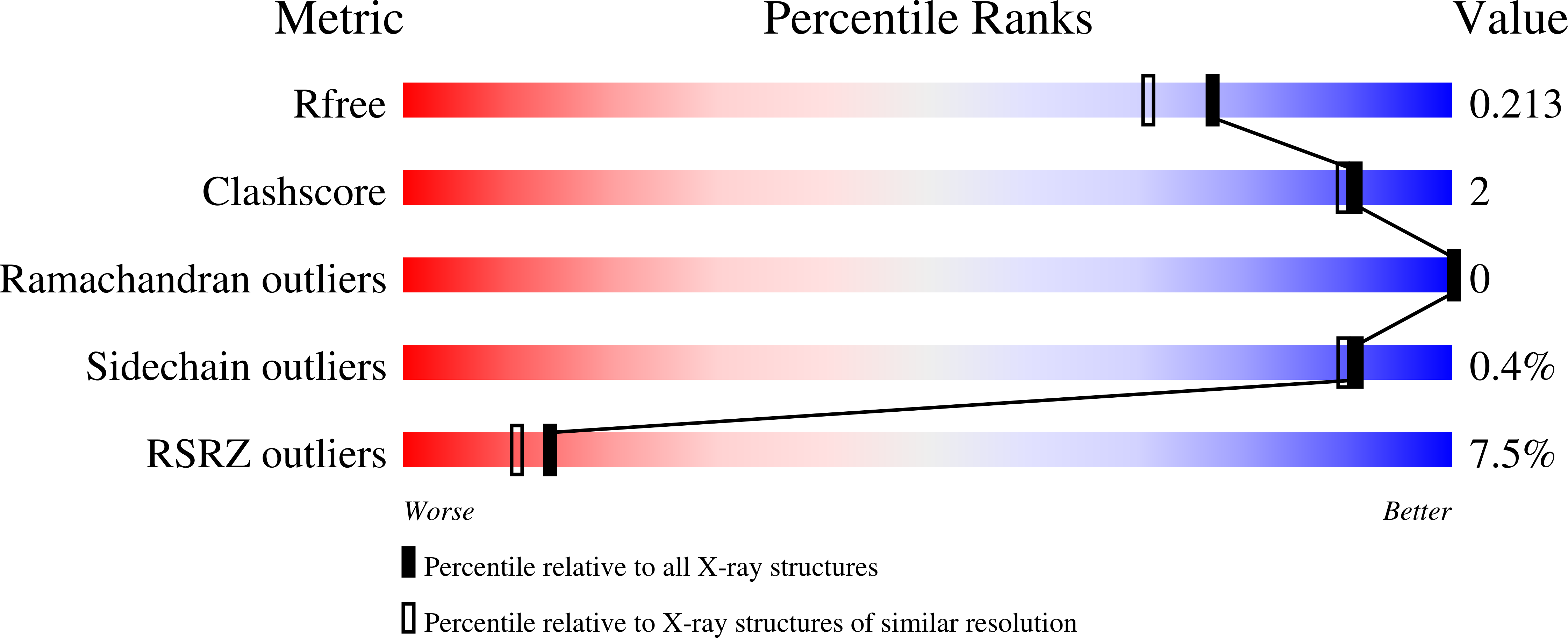
Deposition Date
2009-01-21
Release Date
2009-02-03
Last Version Date
2023-09-06
Entry Detail
PDB ID:
3FY2
Keywords:
Title:
Human EphA3 Kinase and Juxtamembrane Region Bound to Substrate KQWDNYEFIW
Biological Source:
Source Organism:
Homo sapiens (Taxon ID: 9606)
Host Organism:
Method Details:
Experimental Method:
Resolution:
1.80 Å
R-Value Free:
0.21
R-Value Work:
0.17
R-Value Observed:
0.18
Space Group:
P 1 21 1


